Advertisements
Advertisements
Question
"Issues of caste discrimination began to be written about in many printed tracts and essays in India in the late nineteenth century." Support the statement with two suitable examples.
Solution
Jyotiba Phule was the Maratha leader of ‘low caste’ protest movements. He wrote about the inequalities of the caste system in his work called Gulamgiri in 1871.
E.V. Ramaswamy Naicker and B.R. Ambedkar wrote about caste-based discrimination in society. Their works were popular all over the country.
Regional protest movements and parties also published many periodicals and articles condemning the religious writings and foreseeing a new outlook.
Kashibaba, a millworker in Kanpur authored Chhote Aur Bade Ka Sawal in 1938 to show the relations between class and caste mistreatment.
Cotton mill workers of Bangalore started libraries to educate themselves in 1930; the same was first initiated by the Bombay mill workers.
RELATED QUESTIONS
Arrange the sides of ∆BOC in descending order of their lengths. BO and CO are bisectors of angles ABC and ACB respectively.
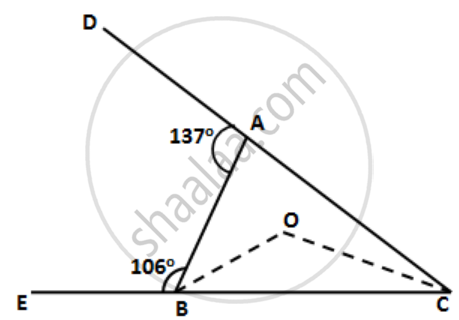
In the following figure, ∠BAC = 60o and ∠ABC = 65o.
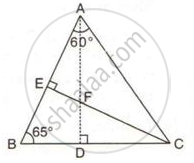
Prove that:
(i) CF > AF
(ii) DC > DF
Name the greatest and the smallest sides in the following triangles:
ΔABC, ∠ = 56°, ∠B = 64° and ∠C = 60°.
Name the greatest and the smallest sides in the following triangles:
ΔDEF, ∠D = 32°, ∠E = 56° and ∠F = 92°.
Arrange the sides of the following triangles in an ascending order:
ΔDEF, ∠D = 38°, ∠E = 58°.
D is a point on the side of the BC of ΔABC. Prove that the perimeter of ΔABC is greater than twice of AD.
In ΔABC, BC produced to D, such that, AC = CD; ∠BAD = 125° and ∠ACD = 105°. Show that BC > CD.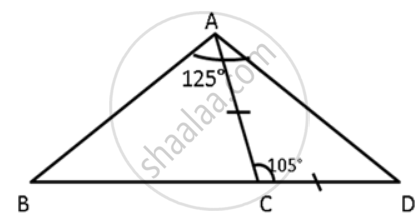
In ΔPQR, PS ⊥ QR ; prove that: PQ > QS and PR > PS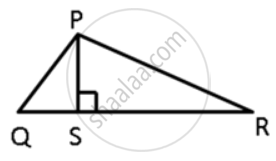
In the given figure, T is a point on the side PR of an equilateral triangle PQR. Show that PT < QT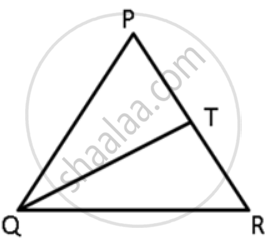
In ΔABC, D is a point in the interior of the triangle. Prove that DB + DC < AB + AC.
